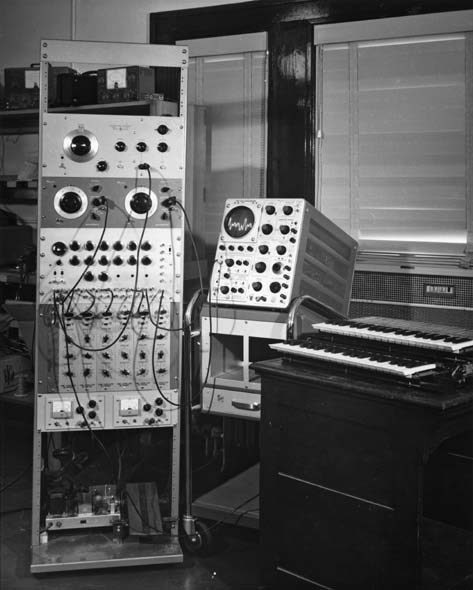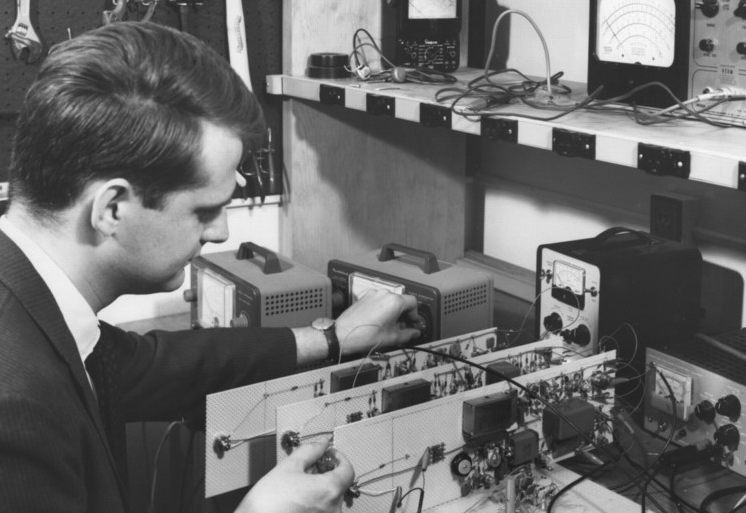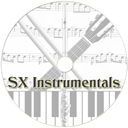Description | James Beauchamp invented the Harmonic Tone Generator in 1964, one of the first additive electronic voltage-controlled synthesizers, under the direction of Lejaren Hiller at the Experimental Music Studio at the University of Illinois at Urbana-Champaign.
“The instrument synthesized six exact harmonics with variable fundamental frequency from 0 to 2000 Hz. The amplitudes of the six harmonics, the fundamental frequency, and the phase of the second harmonic were programmed by voltage control. The fundamental frequency (pitch) was controlled by an external keyboard or generators to provide vibrato and other effects. Control of amplitude was provided by special envelope generators or external generators or even by microphone or prerecorded sounds.
The harmonics were derived by generating pairs of ultrasonic frequencies which were non linearly mixed to produce audio difference frequencies. That is to say, one set of frequencies, 50 KHz, 100 KHz, …, 300 KHz, was fixed. Another set, 50-52 KHz, 100-104 KHz, …, 300-312 KHz, was variable. When 50 and 50-52 KHz, etc., was mixed, the sine tones 0-2 KHz, … was derived. Harmonics were generated by full-wave rectification (even harmonics) and square wave chopping (odd harmonics), followed by band pass filtering to separate the harmonics.
The envelope generators consisted of variable delays and attack/decay circuits. In response to a trigger signal from the keyboard, after a programmed delay, the envelope generator would either rise and then go into an immediate decay while the key is depressed or it would rise and decay after the key is depressed. Having the upper harmonics delayed with respect to the lower ones gave an interesting effect.
Because the amplitude controls were “bipolar” (i.e., either positive or negative controls were effective), the instrument could serve as a multi-frequency “ring modulator”, which was especially useful when the controls were derived from a voice or musical instrument. The frequency control was also bipolar and was capable of producing rich sound spectra when the control was taken from a sine generator operating at frequencies ranging from 20 Hz through several hundred Hz. This FM effect was very popular for producing sounds useful in electronic music compositions.”
- James Beauchamp |




